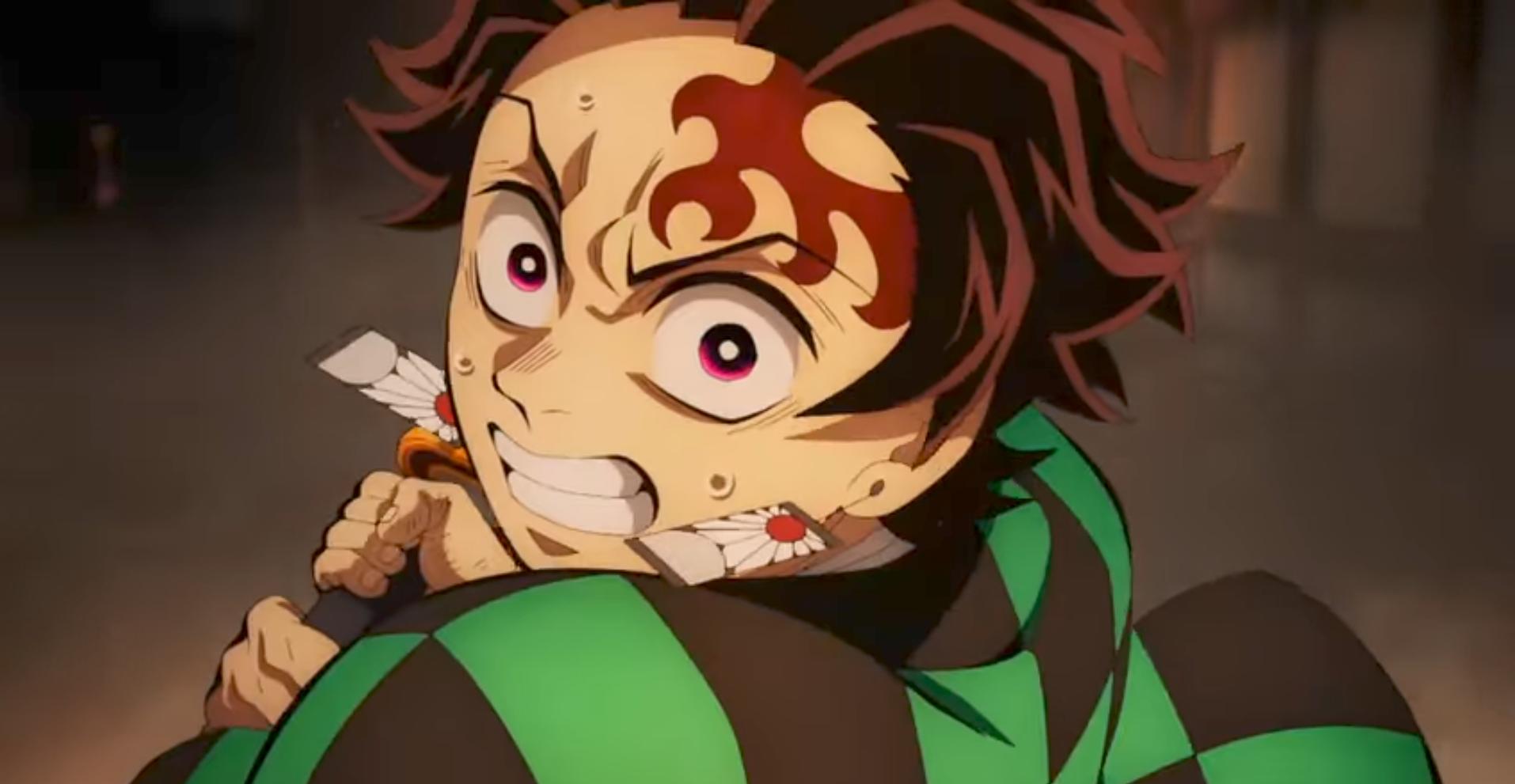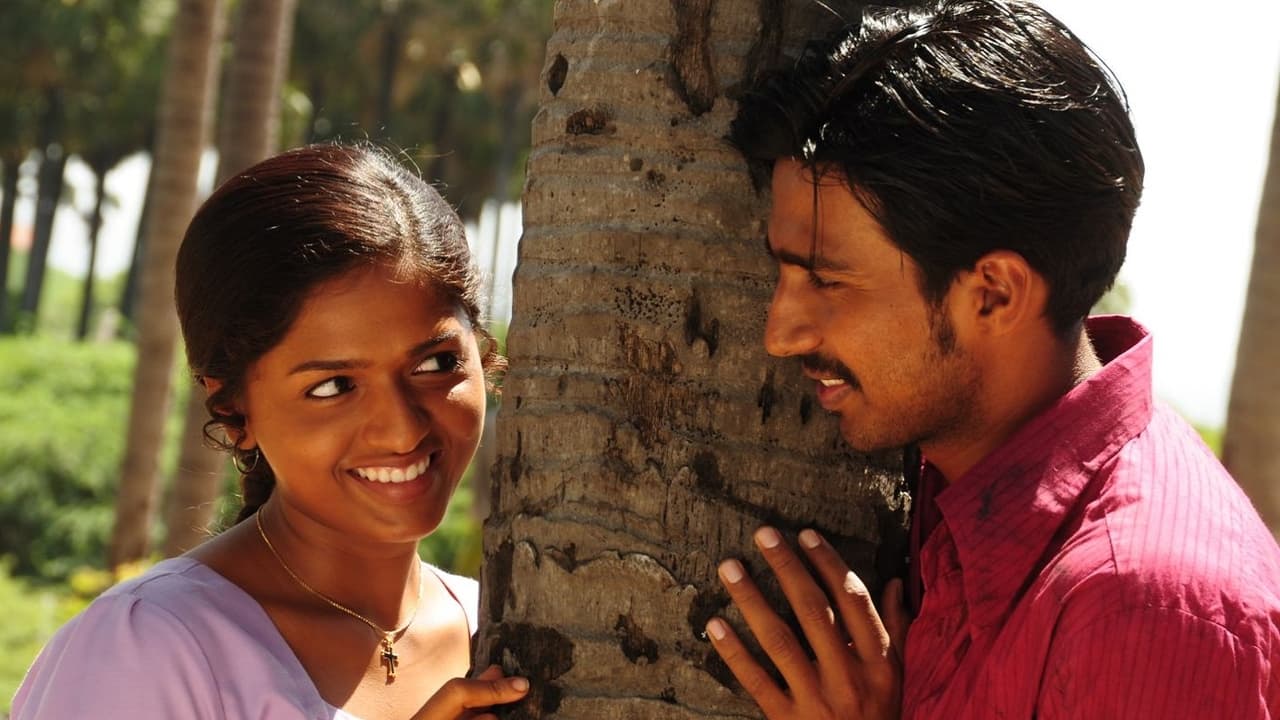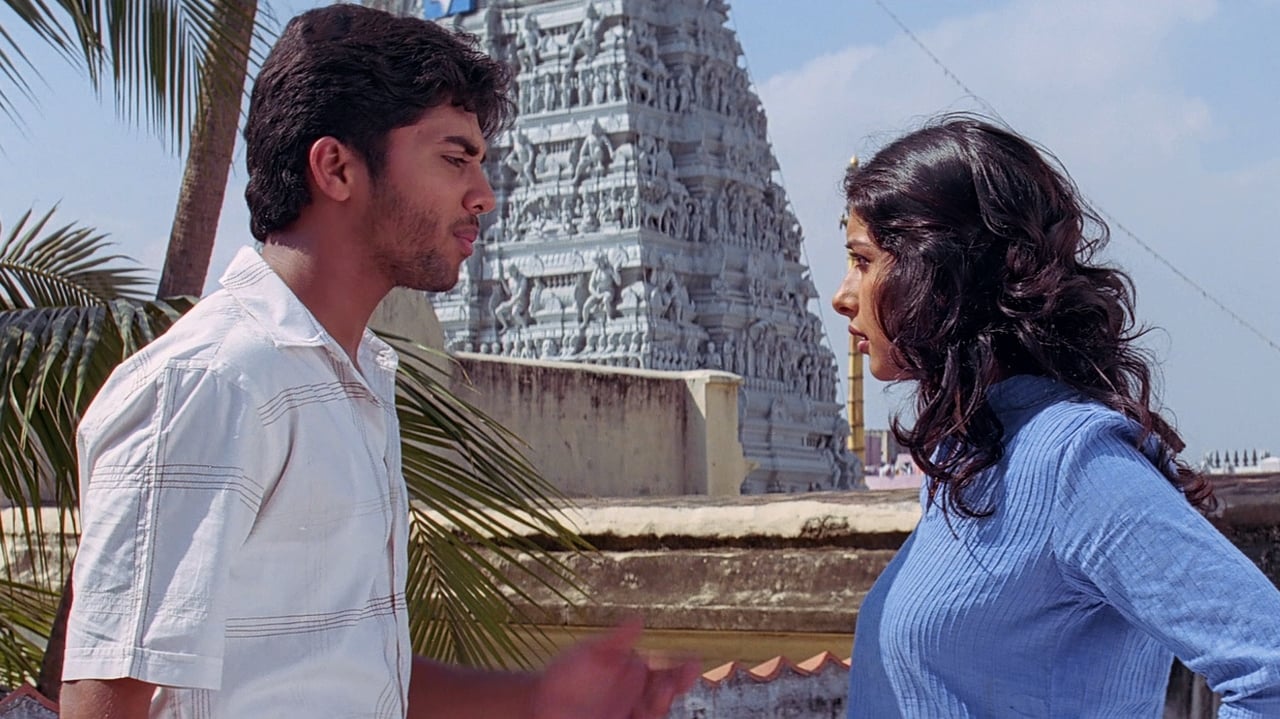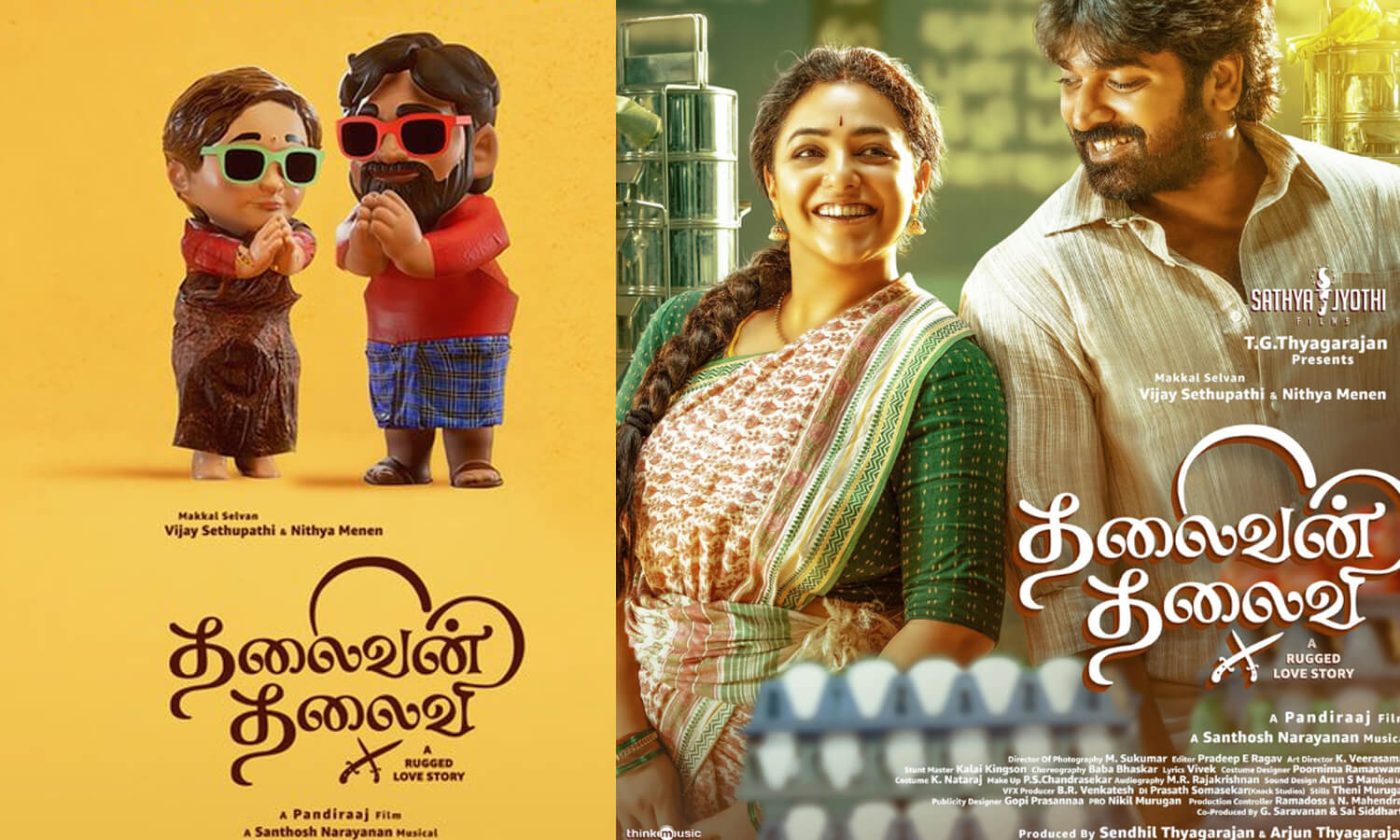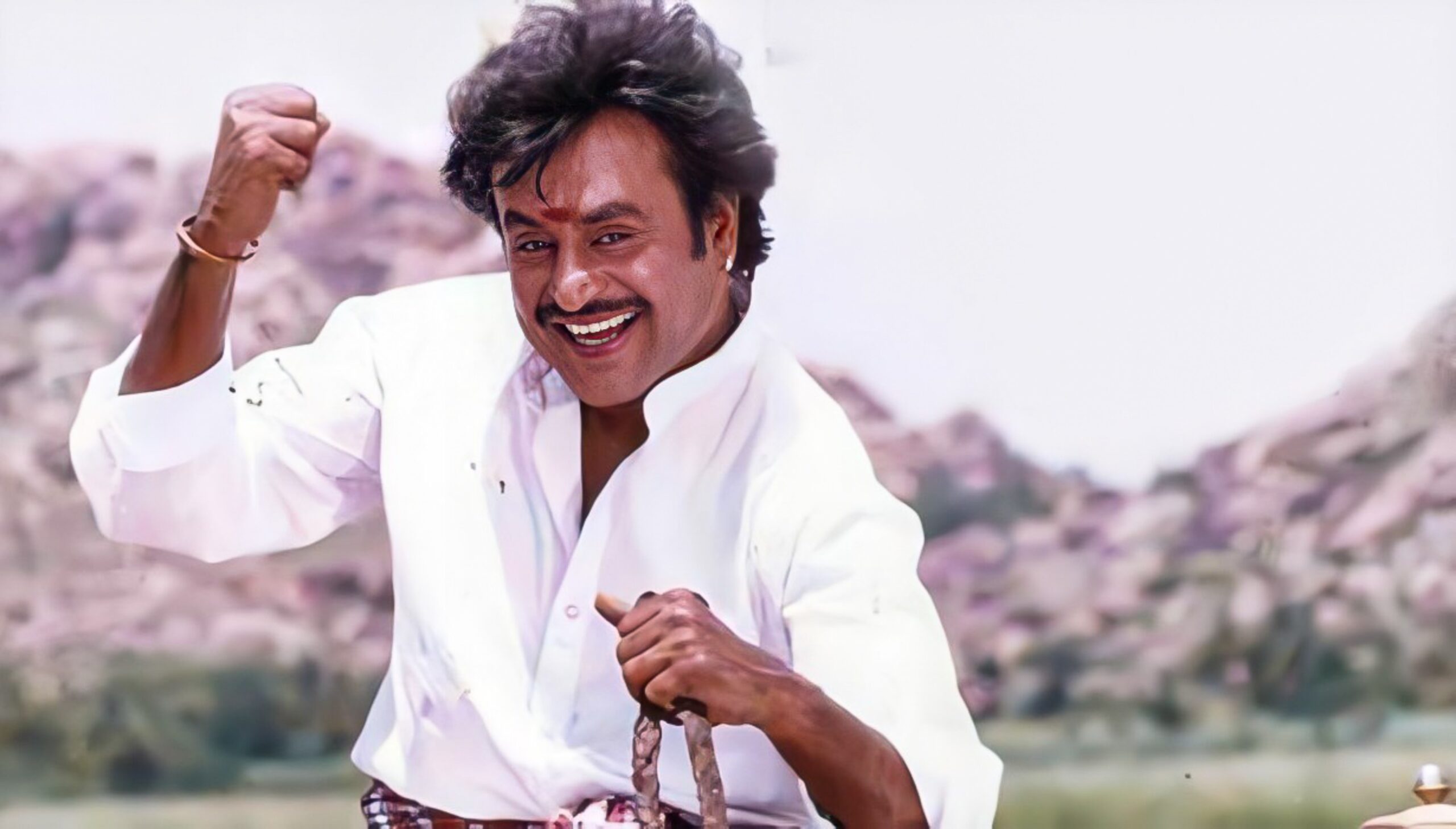When I first started watching Demon Slayer: Kimetsu no Yaiba, I had no idea it would turn into one of the most powerful anime experiences of the last decade. From its breathtaking visuals to its emotional storytelling, it quickly became more than just another shōnen series. And now, with the release of Infinity Castle (2025), the saga has reached a new peak, leaving fans around the world stunned.
This review is my complete breakdown of the Demon Slayer journey—covering the anime series, the movies, the iconic characters, the animation style, the music, and finally, how the story builds to the climactic showdown with Muzan Kibutsuji.
What is Demon Slayer About?
At its core, Demon Slayer tells the story of Tanjiro Kamado, a kind-hearted boy whose life is shattered when demons slaughter his family, leaving only his sister Nezuko alive—but transformed into a demon herself. Instead of giving up, Tanjiro chooses to fight back, joining the Demon Slayer Corps to seek justice and protect his sister.
What makes this series stand out is how it mixes Taisho-era Japan, swordsmanship, and supernatural folklore. The battles aren’t just physical; they’re moral struggles between despair and hope, revenge and forgiveness. Themes of family bonds, perseverance, and sacrifice run through every episode.
Demon Slayer Series Breakdown
Season 1: The Beginning
We follow Tanjiro’s initiation into the Demon Slayer Corps, his training, and his first missions. The Natagumo Mountain Arc was a turning point—one of the first times we saw Ufotable’s animation studio push boundaries with fluid, cinematic battle sequences.
Mugen Train (2020)
When the Mugen Train movie released, it broke global box-office records for anime films. The story was heartbreaking, especially with Rengoku’s battle against Akaza. It wasn’t just action—it was a meditation on courage and mortality.
Entertainment District Arc
This arc raised the bar again, with Daki and Gyutaro testing the limits of Tanjiro and his companions. It also gave us unforgettable visuals of the neon-lit Yoshiwara setting.
Swordsmith Village & Hashira Training
These arcs shifted focus to character growth. We saw Muichiro Tokito’s backstory, Mitsuri’s power, and Nezuko’s groundbreaking transformation that set up the possibility of her overcoming demonhood.
Infinity Castle (2025 Movie)
And then came Infinity Castle, the most ambitious entry yet. The Demon Slayer Corps descend into Muzan’s fortress, facing the Upper Moons in a labyrinth of shifting dimensions. The scale of the battles, the emotional weight, and the sense of finality all prove why this series will be remembered as a landmark in anime.
Story & Character Development
What I love most is how every character gets their moment.
- Tanjiro Kamado isn’t just a protagonist; he represents resilience and compassion, never losing his humanity even in the darkest times.
- Nezuko Kamado embodies hope—her struggle to remain human is one of the most emotional threads in the entire story.
- Zenitsu Agatsuma and Inosuke Hashibira start out as comic relief but evolve into warriors with incredible depth.
- The Hashira—from Giyu Tomioka’s stoicism to Tengen Uzui’s flamboyance—each bring unique philosophies of what it means to fight demons.
- The villains, especially Akaza, Doma, and Muzan, aren’t just monsters. Their tragic backstories show how despair twists humanity.
This balance between heroes and villains gives the story emotional depth that few anime manage to achieve.
Animation & Visual Style
Ufotable deserves every bit of praise. The animation in Demon Slayer is more than just flashy fight scenes. It’s art. The water-breathing forms ripple like ink paintings, the fire techniques blaze across the screen, and the Infinity Castle itself feels alive—walls shifting, floors twisting, a visual metaphor for chaos.
Compared to other anime, the level of detail here is unmatched. Each sword clash feels cinematic, every background designed with painterly care.
Soundtrack & Voice Acting
The soundtrack, crafted by Yuki Kajiura and Go Shiina, blends traditional Japanese instruments with modern orchestration. From the pounding drums during battles to the haunting flute melodies in quieter scenes, the music elevates the emotional stakes.
Both the Japanese cast and English dub deliver performances that make the characters unforgettable. Tanjiro’s determination, Zenitsu’s fear-turned-bravery, and Muzan’s chilling arrogance all come to life through voice acting.
Audience Reactions & Reviews
Fans and critics agree—Infinity Castle is one of the most visually stunning anime films ever made. On IMDb, it sits at 8.6/10, with users calling it “a masterpiece” and “an emotional rollercoaster.” Critics highlight its balance between explosive action and quiet, heartbreaking moments.
What I noticed is that many fans left theaters not just excited, but emotionally drained—in the best possible way. That’s the mark of great storytelling.
Themes & Symbolism
Several recurring themes make Demon Slayer unforgettable:
- Family Bonds: Tanjiro and Nezuko’s unbreakable sibling bond anchors the story.
- Perseverance: Every battle is a metaphor for pushing past limits, even when hope seems lost.
- The Cost of Revenge: Many demons were once human, showing how obsession and loss can corrupt.
- Humanity vs Monstrosity: The line between demon and human is often blurred, making the story morally complex.
Box Office & Cultural Impact
The numbers speak for themselves. Infinity Castle earned ¥1.64 billion on opening day in Japan and crossed $556 million worldwide, setting new records. But beyond the box office, Demon Slayer changed the landscape of anime.
It proved anime films could dominate global markets, not just niche audiences. It pushed animation quality standards higher and showed that deeply emotional stories resonate across cultures.
Should You Watch Demon Slayer?
If you’re new to anime, Demon Slayer is the perfect entry point. It’s thrilling, emotional, and visually beautiful. Start with Season 1 and work your way through to Infinity Castle.
If you’re already a fan, you don’t need me to tell you why Infinity Castle is essential—it’s the culmination of everything we’ve loved about the series.
Conclusion
Demon Slayer is more than an anime. It’s a phenomenon that blends artistry, storytelling, and emotion into something unforgettable. From Tanjiro’s first swing of the sword to the final battle in the Infinity Castle, it’s a story about resilience, love, and the fight against despair.
Years from now, people will still talk about Demon Slayer as a turning point in anime history. And for me, it’s a story that will stay etched in my heart long after the credits roll.
Disclaimer
This article is only a review and personal opinion. It is not an official summary, nor does it represent the creators, studios, or publishers of Demon Slayer: Kimetsu no Yaiba.
